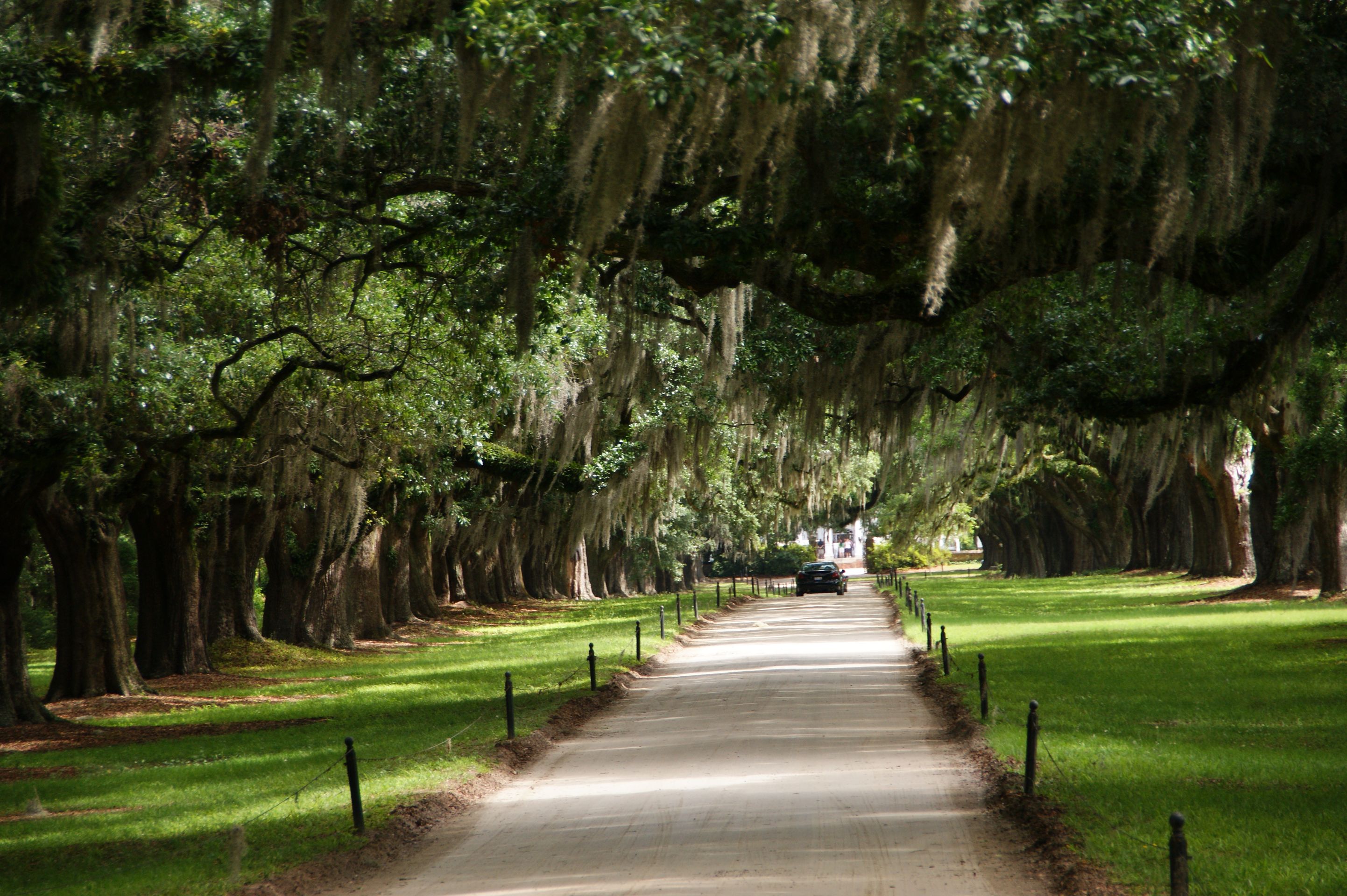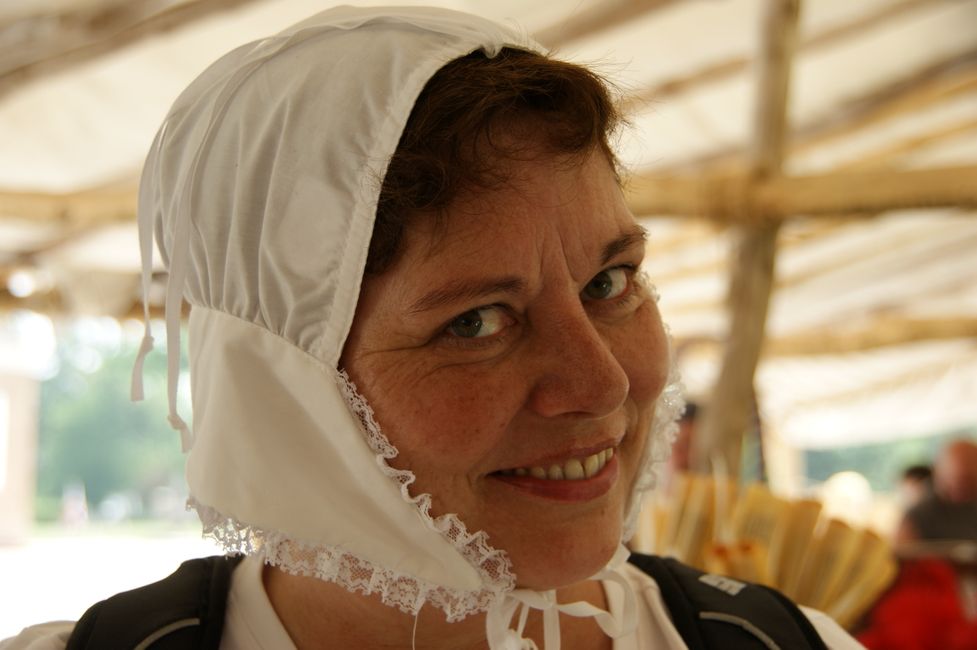
Von Atlanta nach Philadelphia - eine Reise durch die amerikanische Geschichte
vakantio.de/von-atlanta-nach-philadelphia-eine-reise-durch-die-amerikanische-geschichte
The Magnolia Plantation & Charleston (South Carolina)
خپور شوی: 19.05.2021
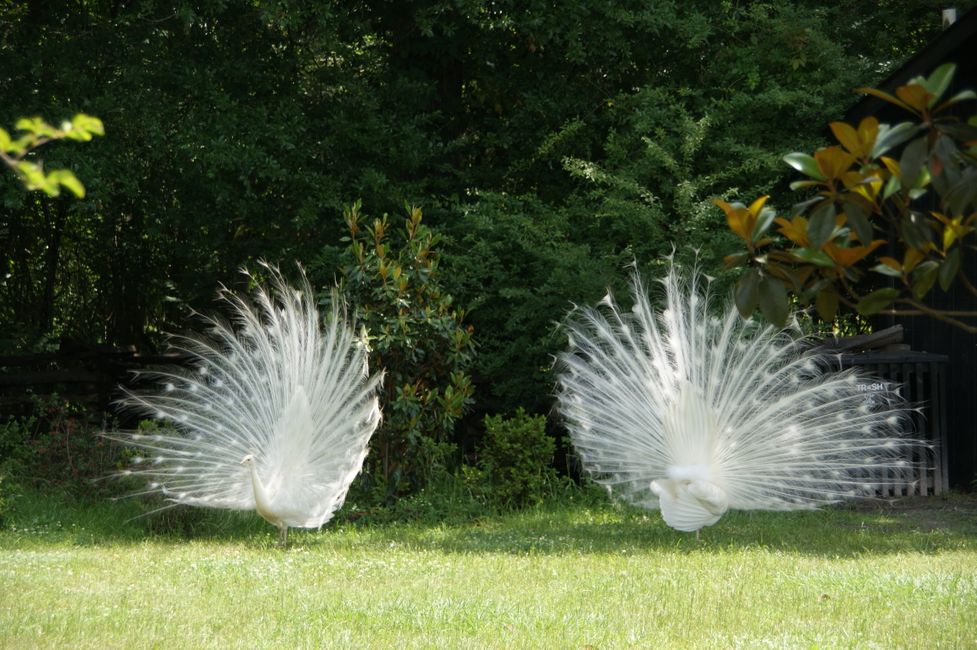
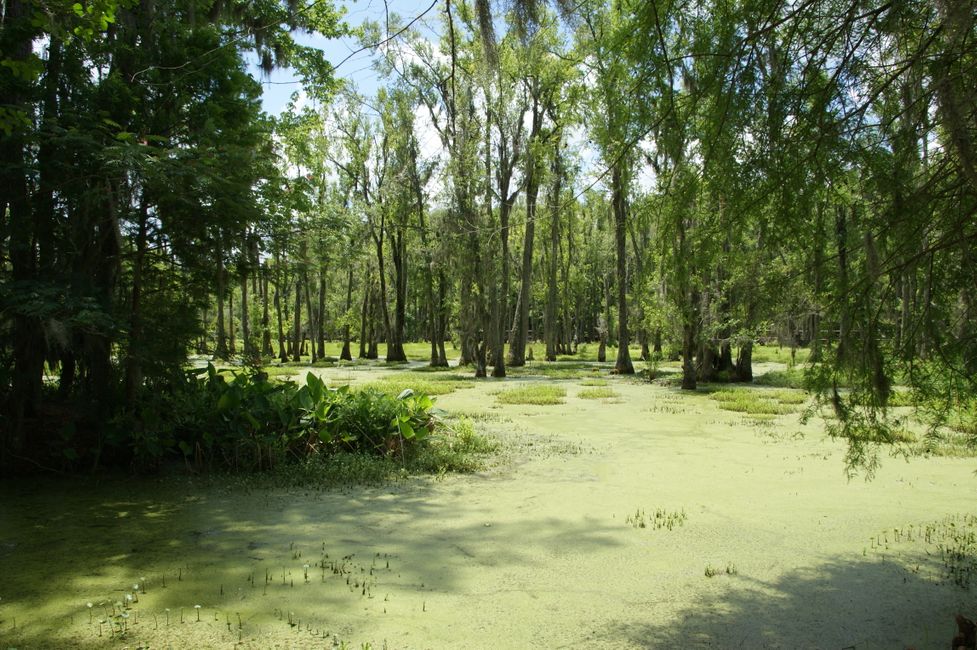
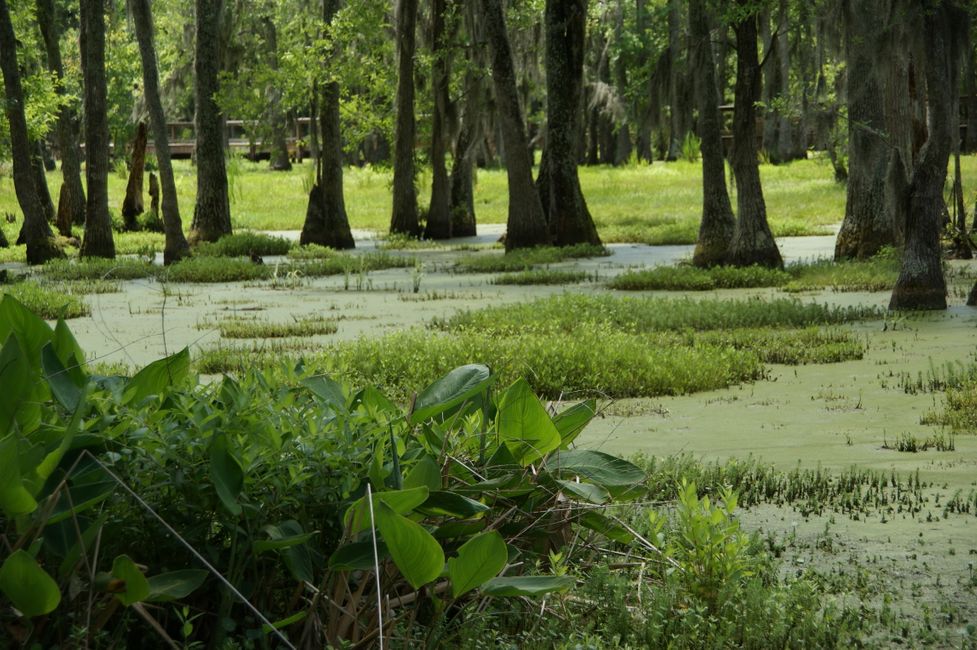
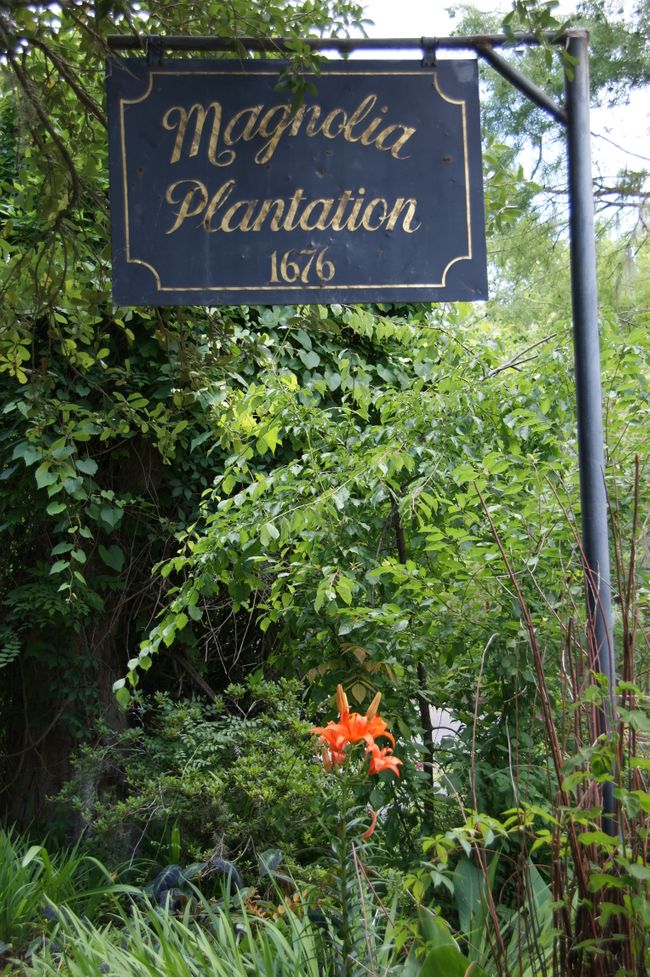
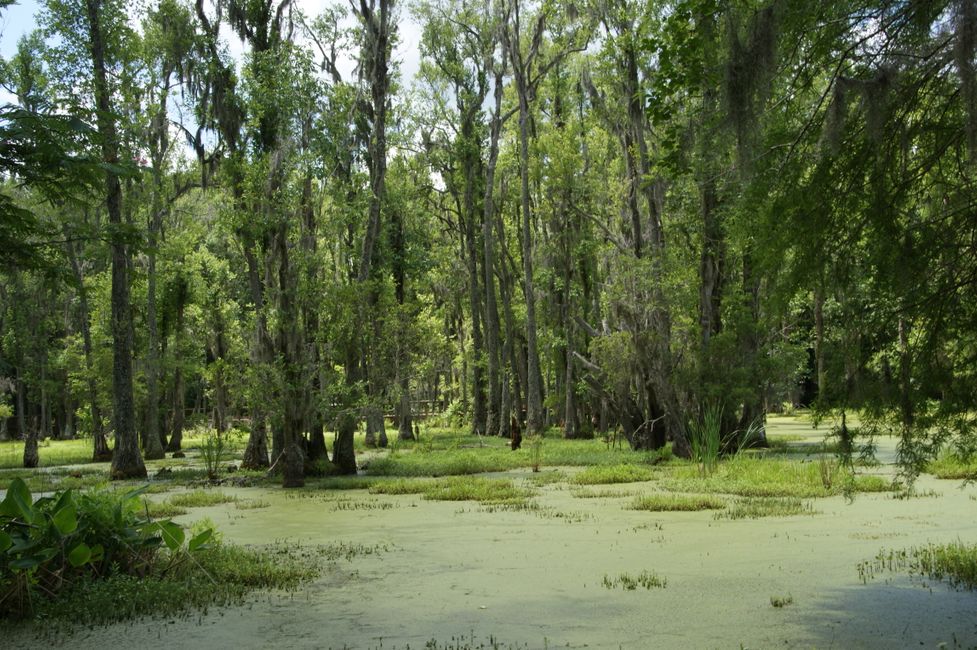
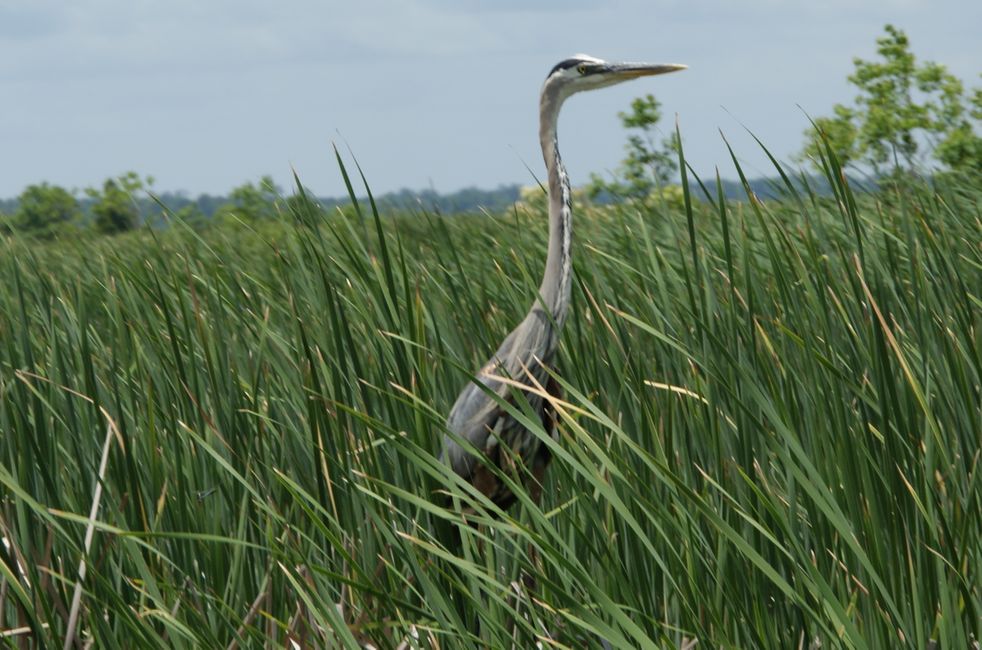
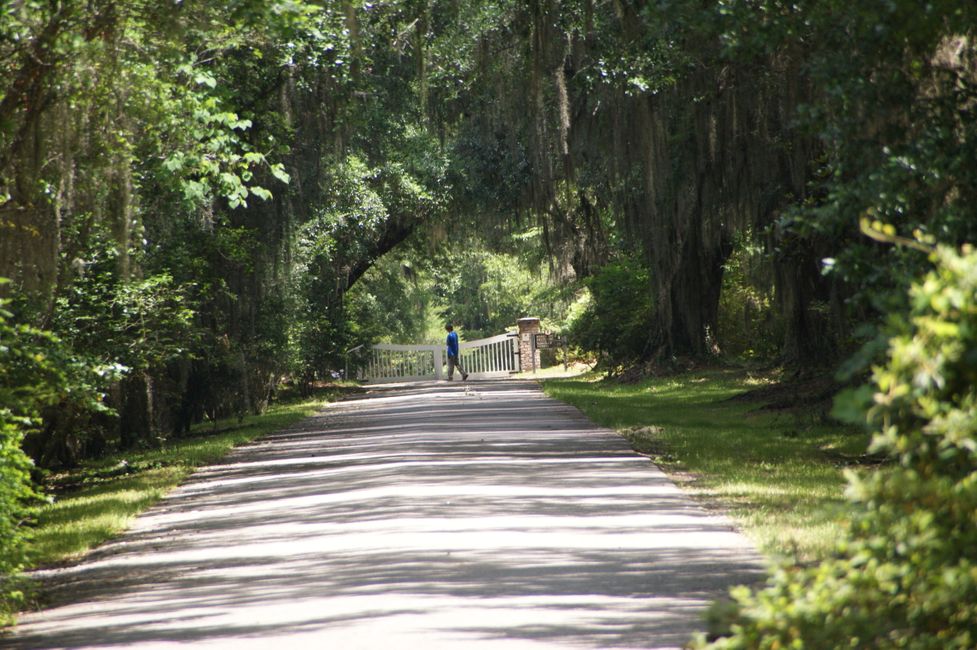
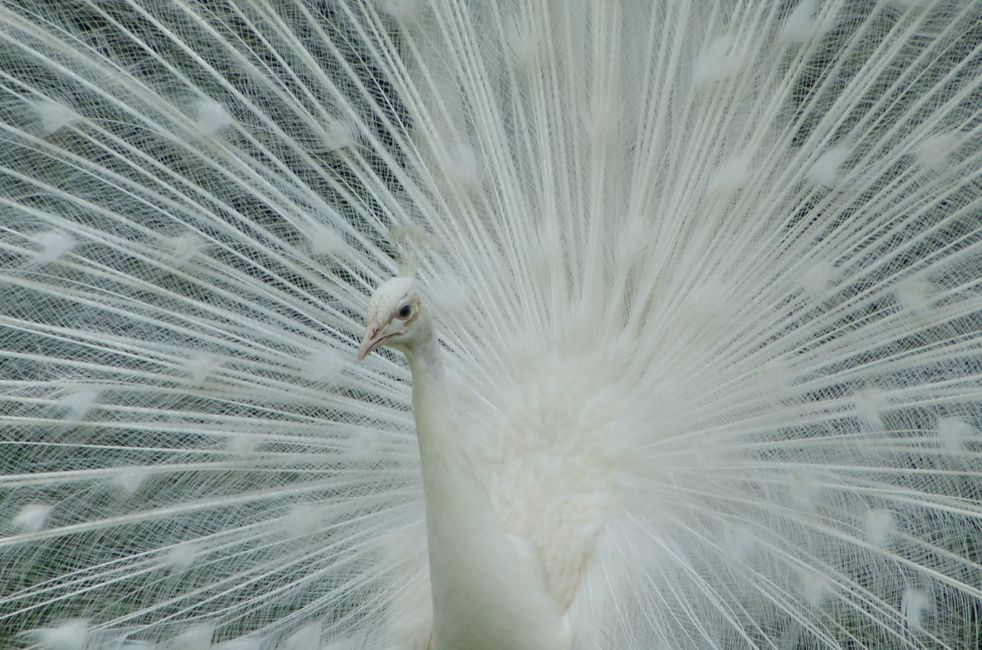
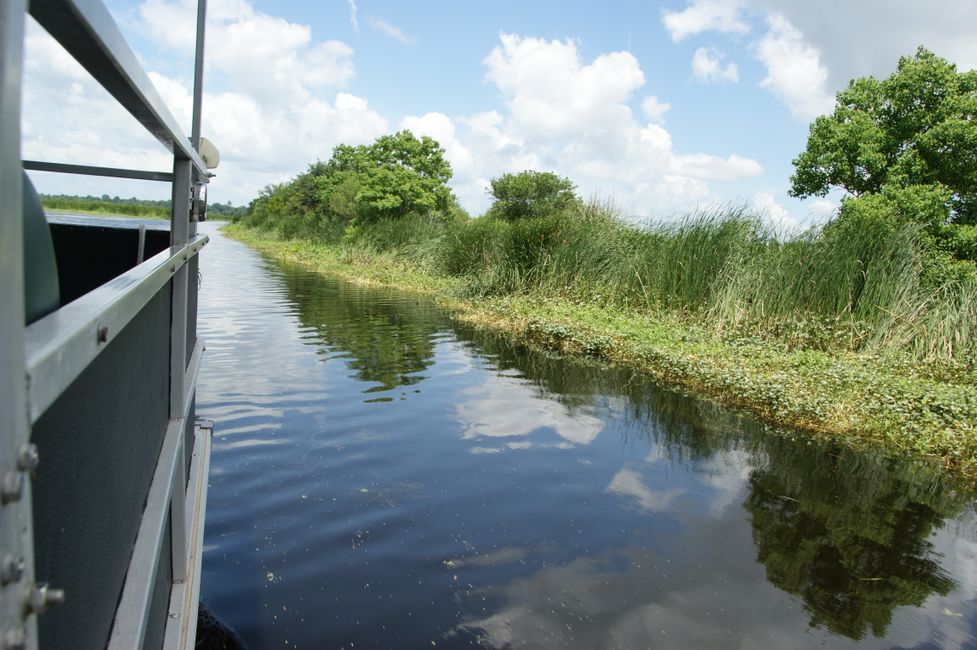
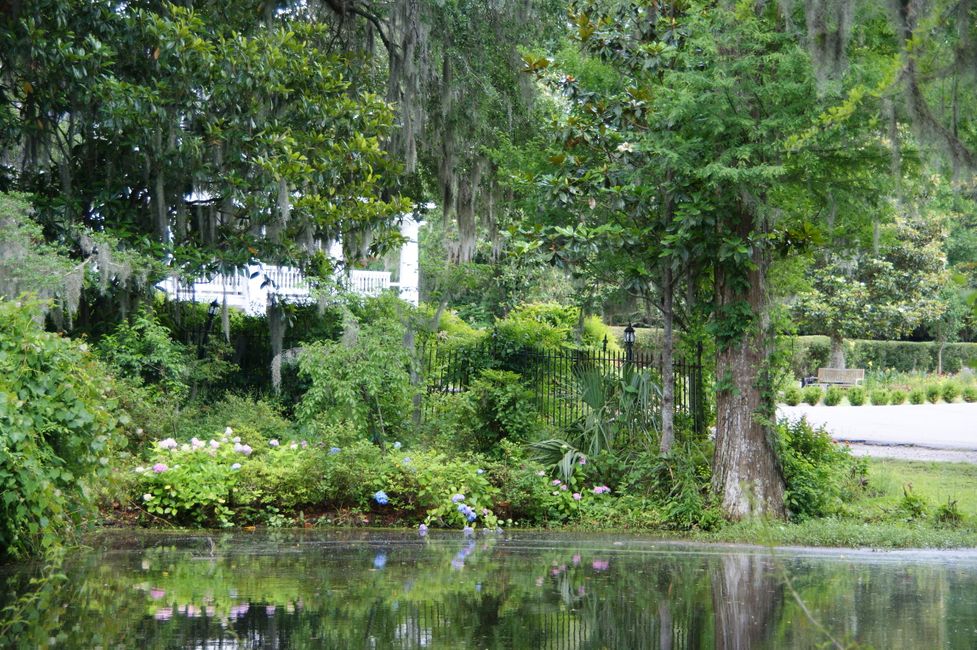
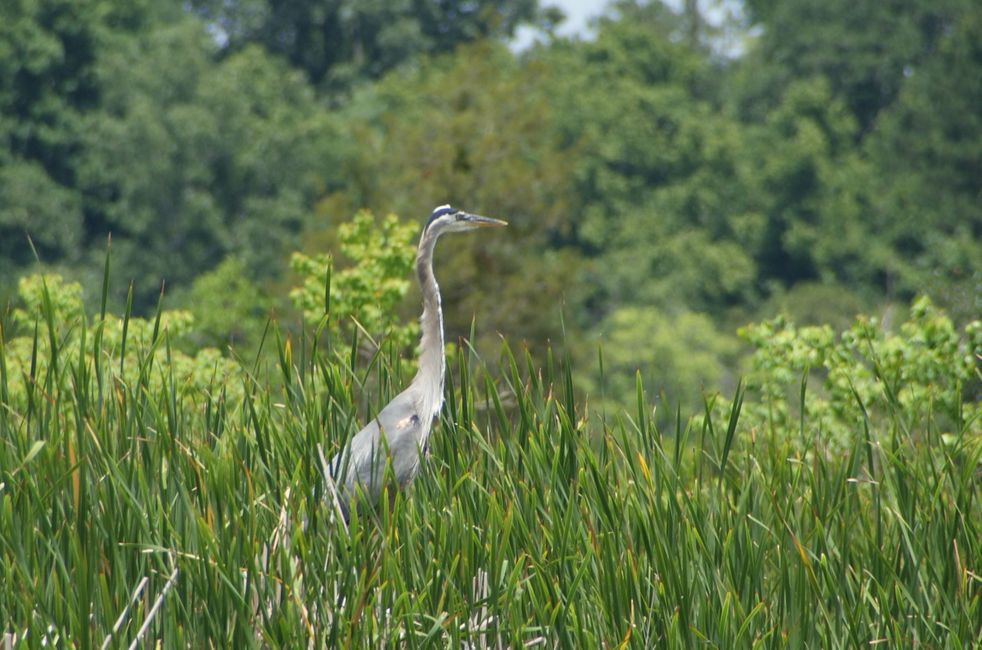
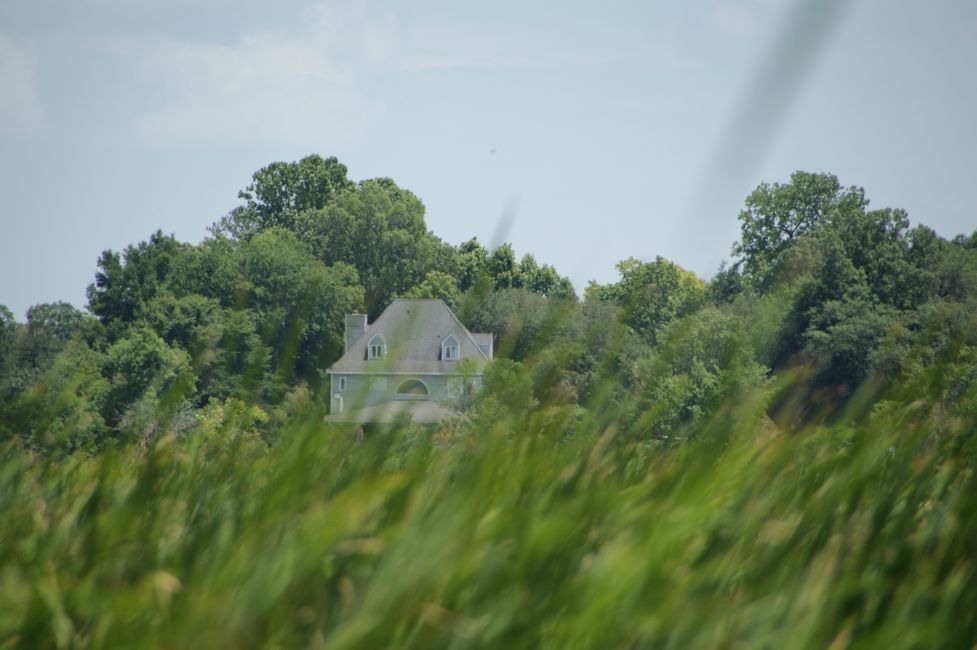
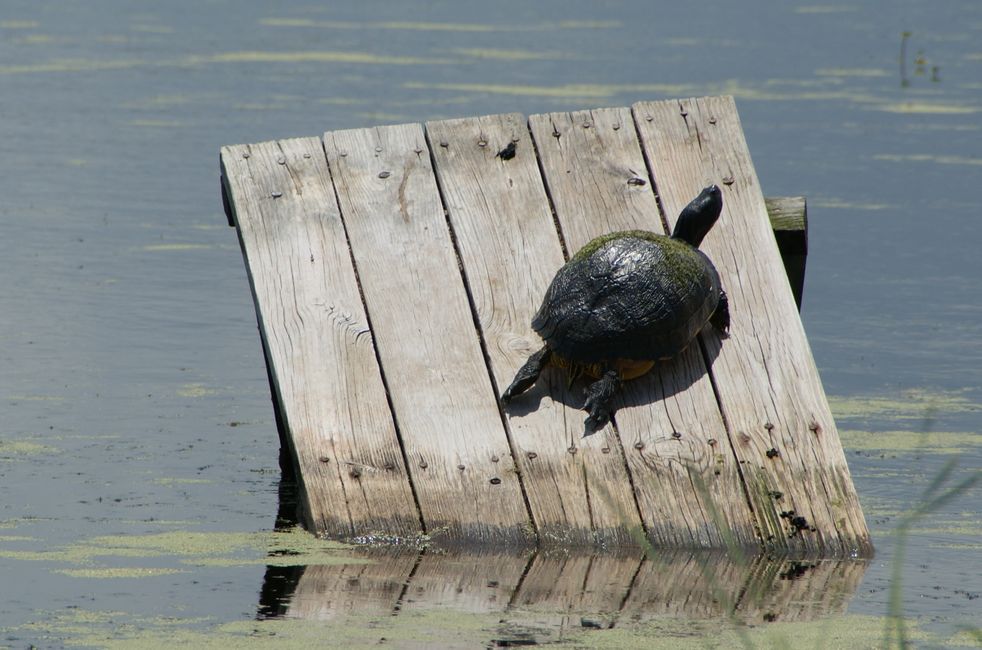
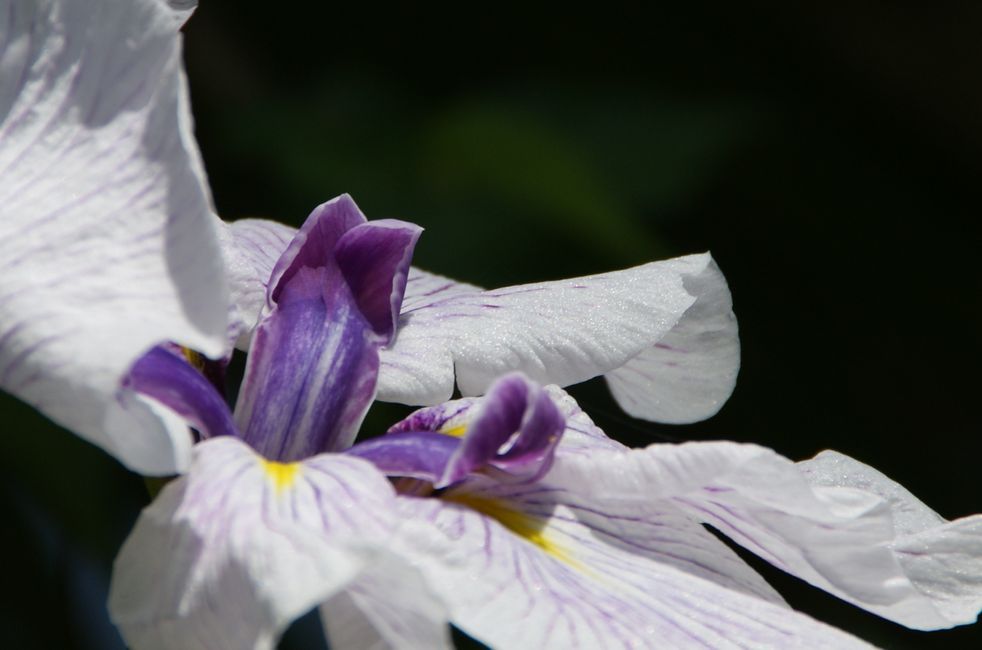
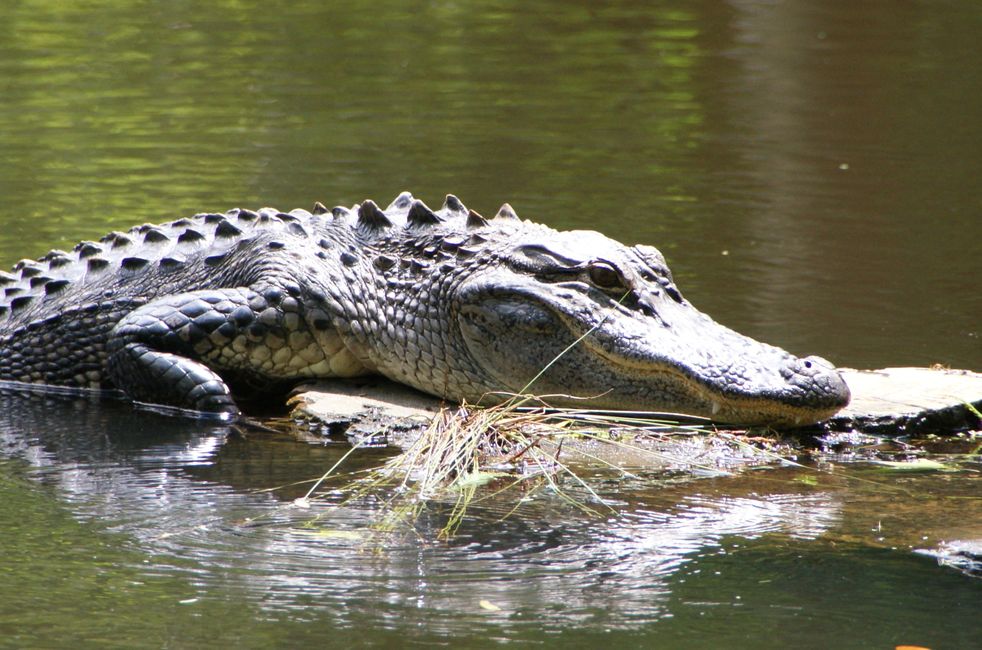
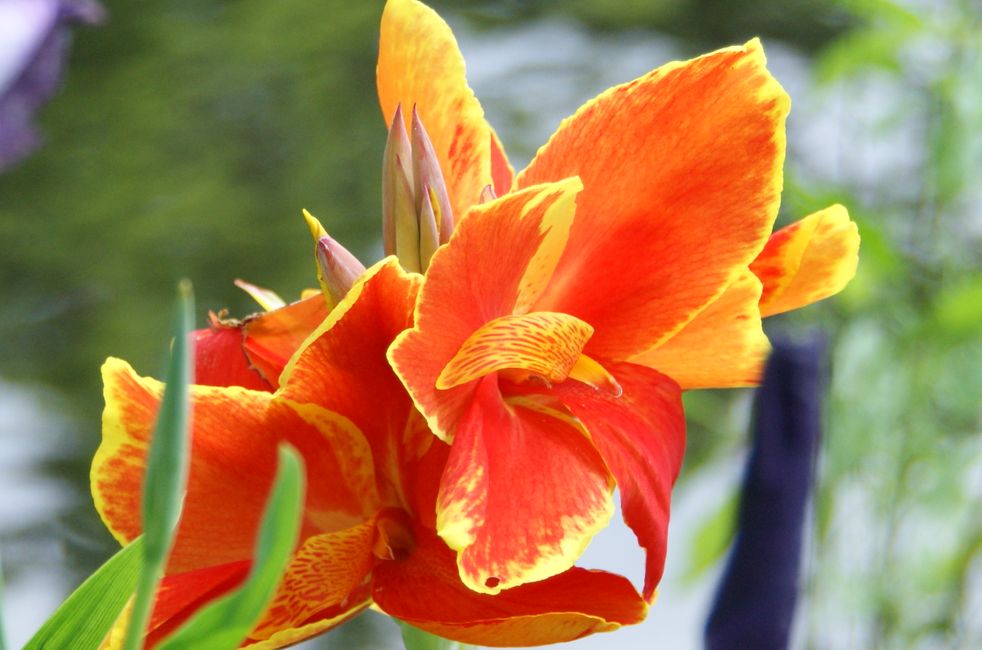
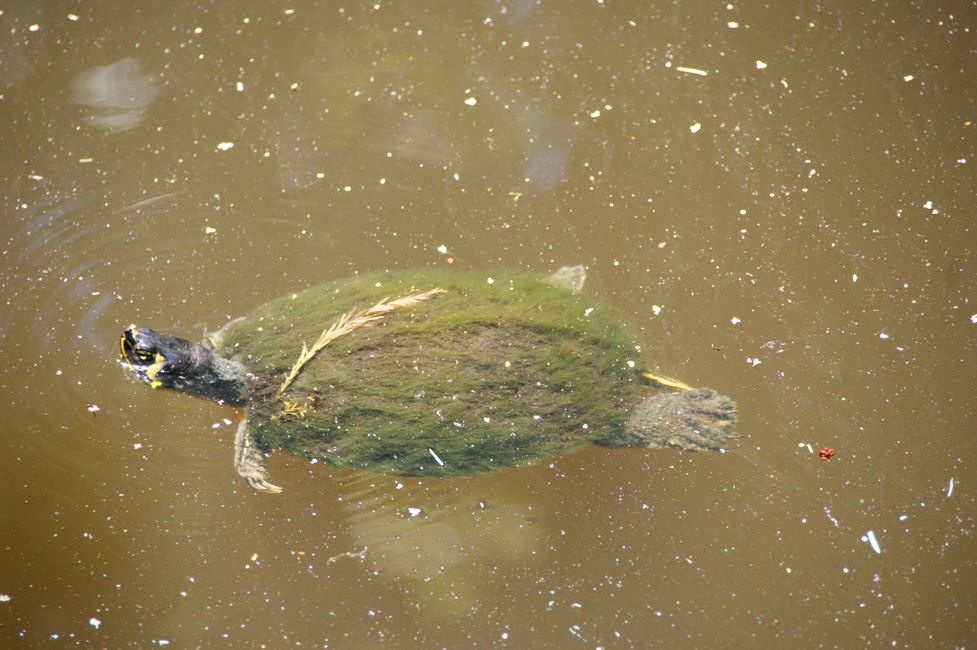
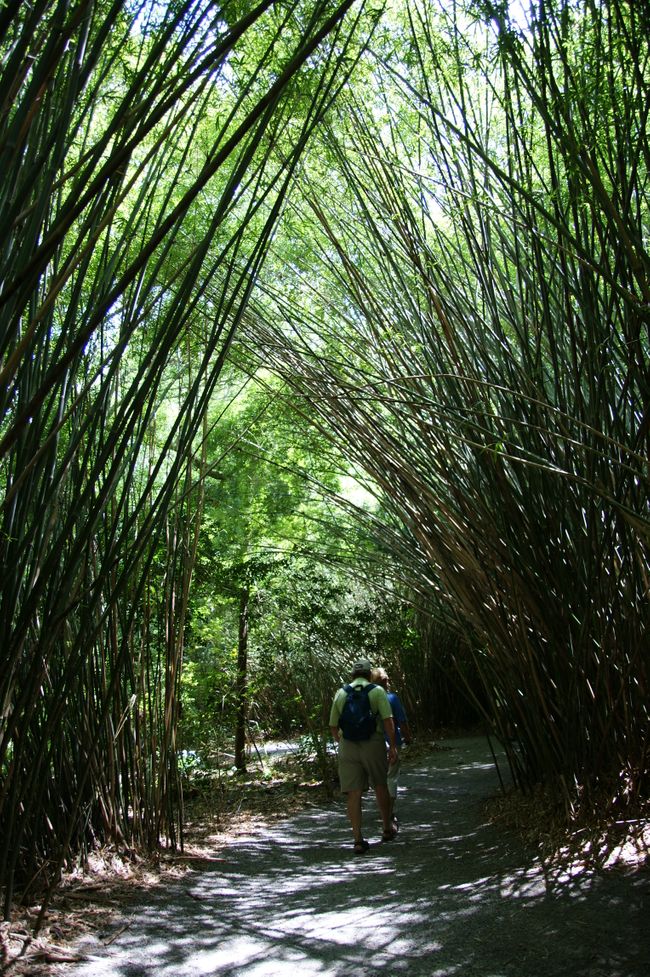
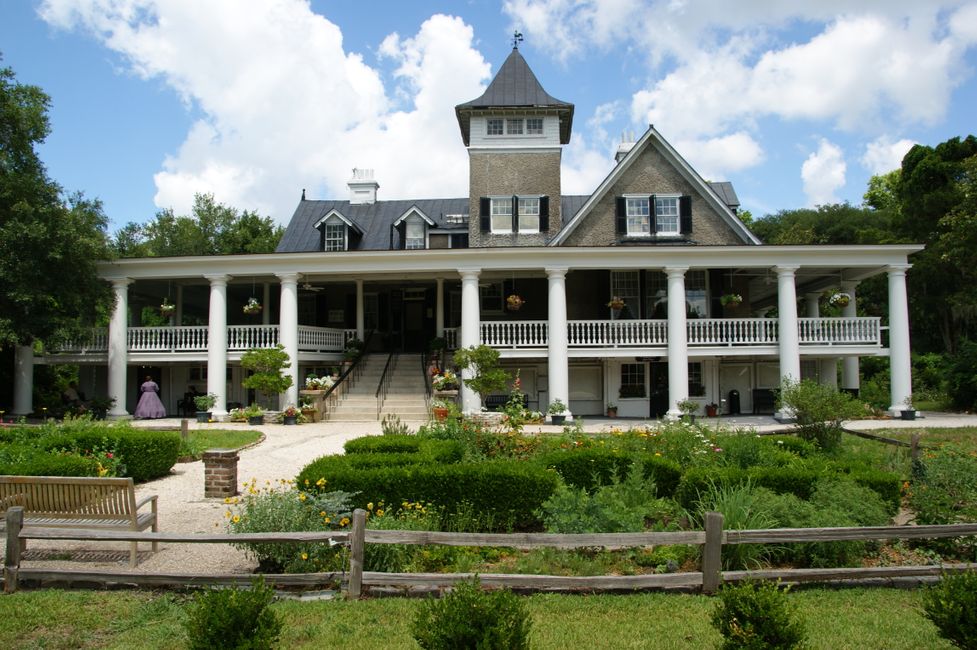
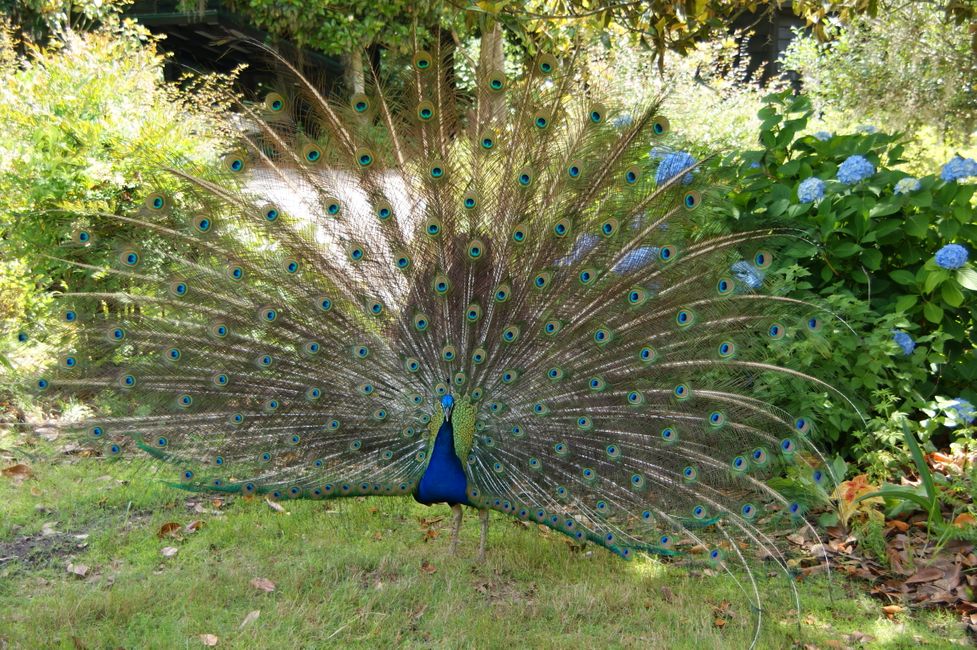
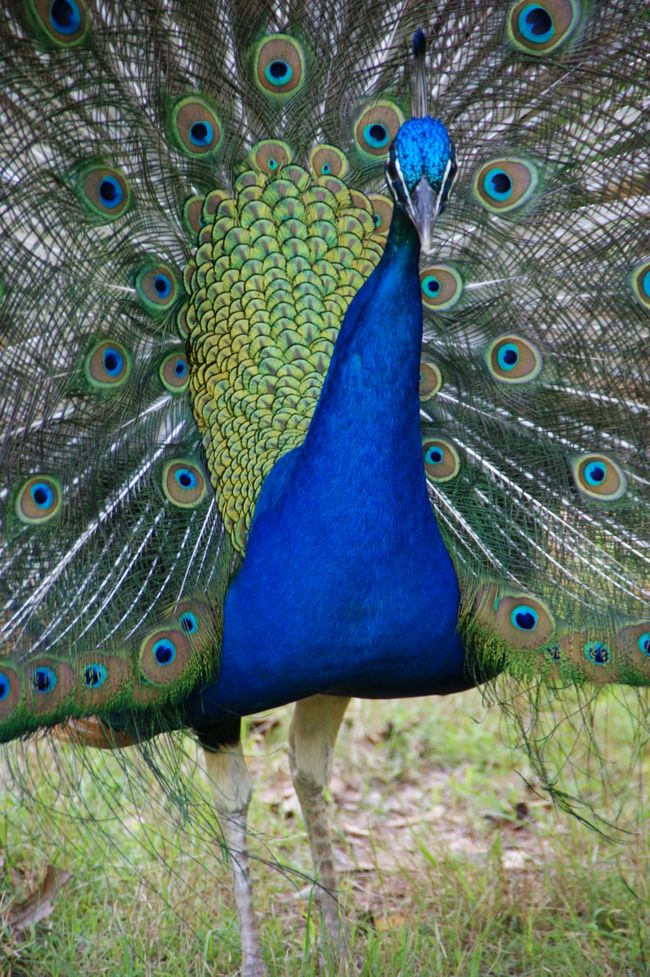
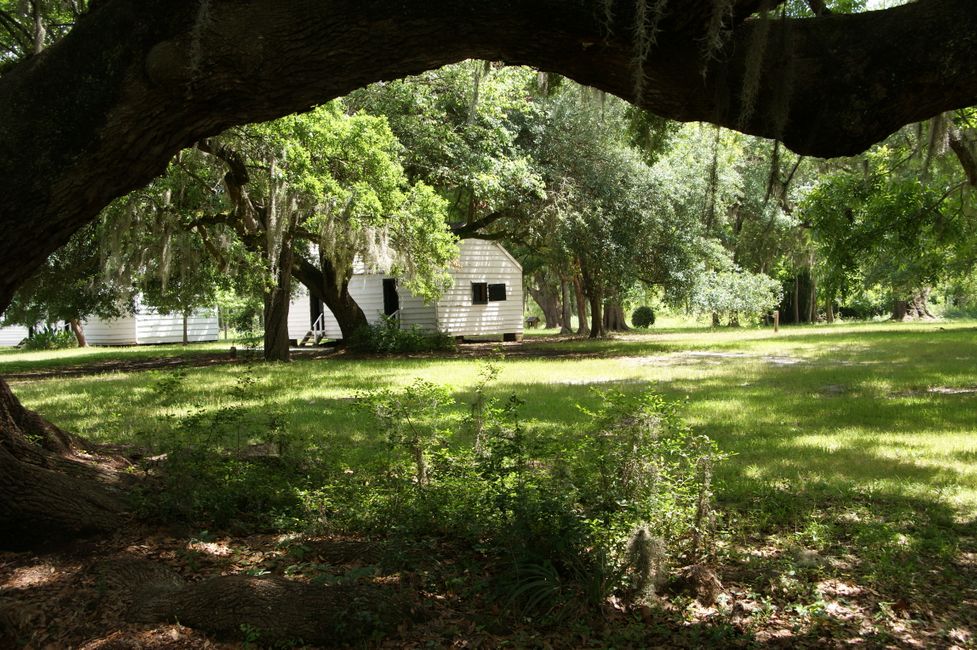
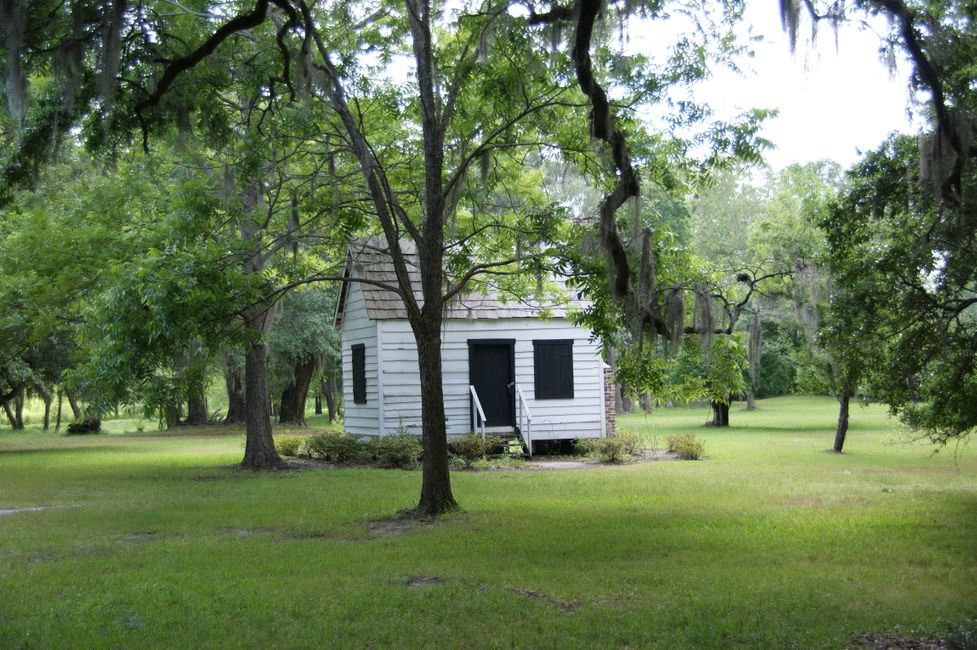
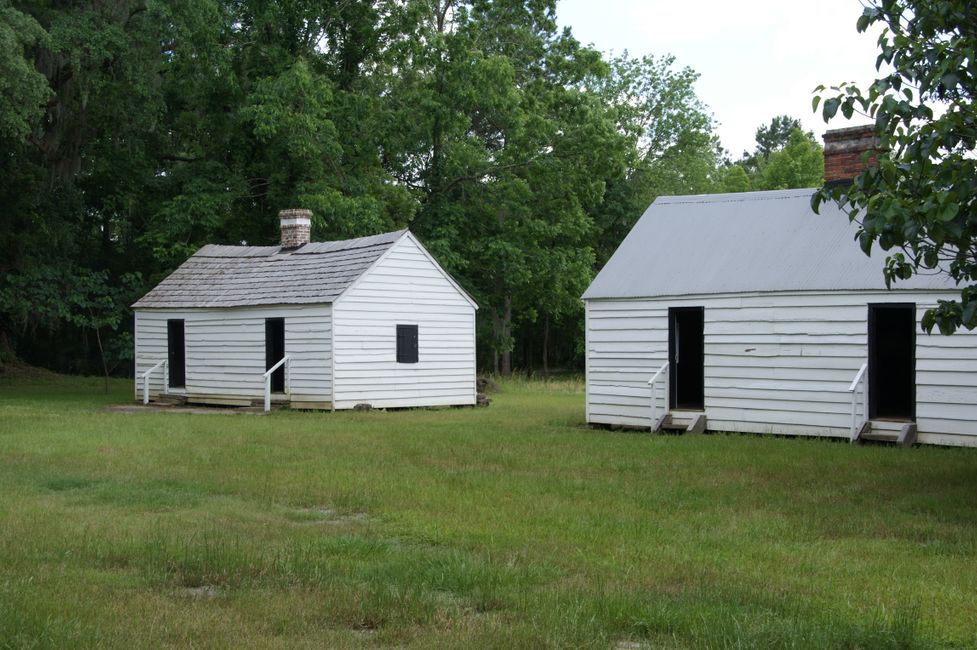
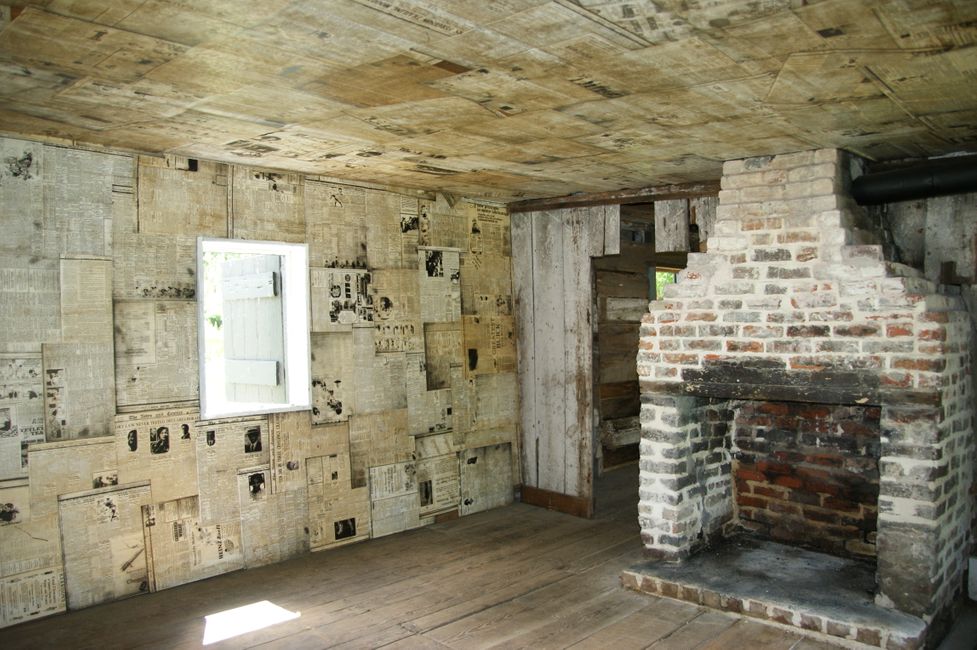
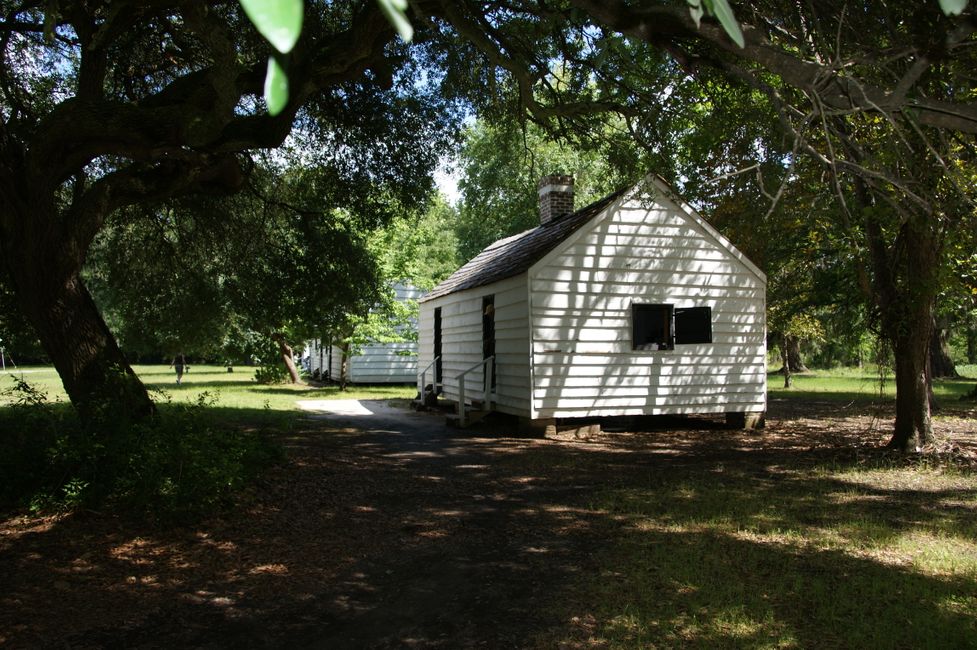
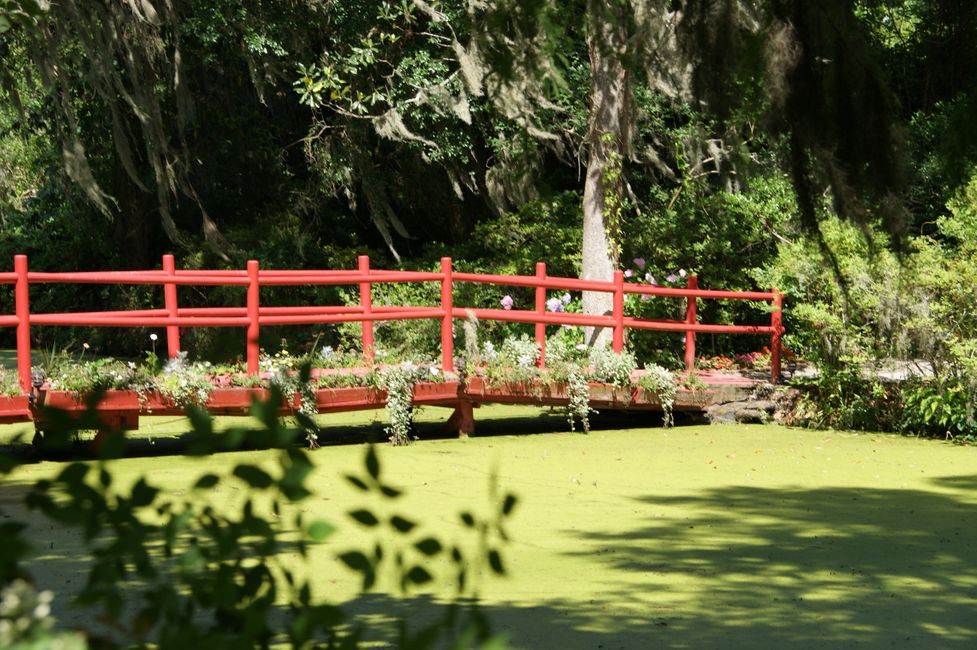
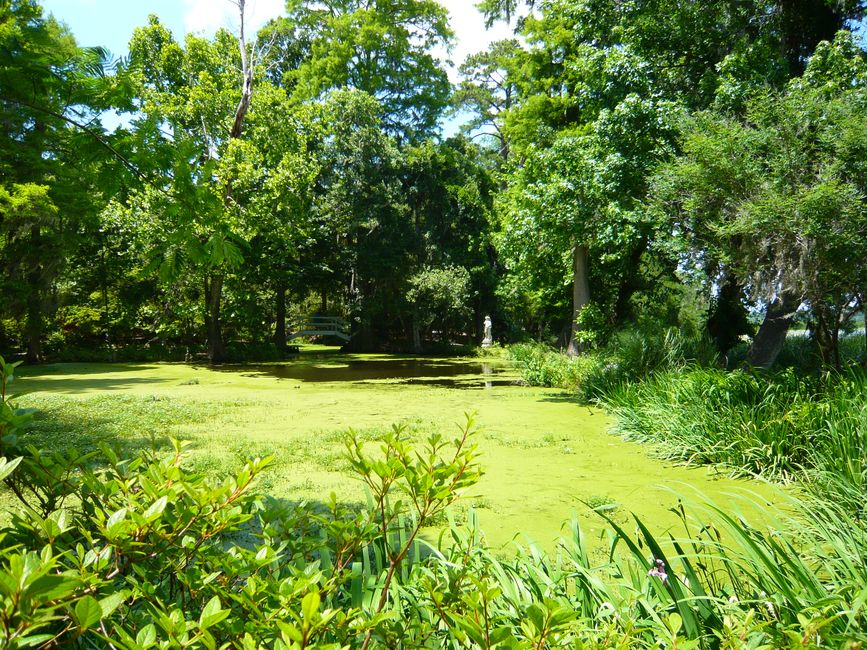
خبر پاڼه کې ګډون وکړئ
Tuesday 25.05. Savannah - Charleston (South Carolina)
We only start around 9:30 am and drive the Route 17 north and initially to Beaufort, which is supposed to be very beautiful. It's not. Somehow just regular wooden houses, trees, water. Well. We have seen nicer things. So let's continue.
Today we want to visit plantations and learn about the settler and slave history.
So we stop at the Middleton Plantation, find a shady parking lot and are somewhat appalled at the $25 admission fee they want. The Middleton Plantation is known for its gardens and flowers. In the early 18th century, well-ordered gardens were in fashion in continental Europe and England. This was also adopted in America, and around the mansion Middleton Place, there are magnificently designed gardens, partly arranged in terraces towards the water. This facility was also created by 100 slaves. Nevertheless - we see the pictures and inquire about the volume of flowers and are told that there is nothing blooming here. It's too early in the year. So we leave our shady parking lot and continue to the Magnolia Plantation.
Here, over 900 different camellia and over 250 azalea species grow. A swamp area that is protected by nature is also part of the complex, where snakes, alligators, and turtles live.
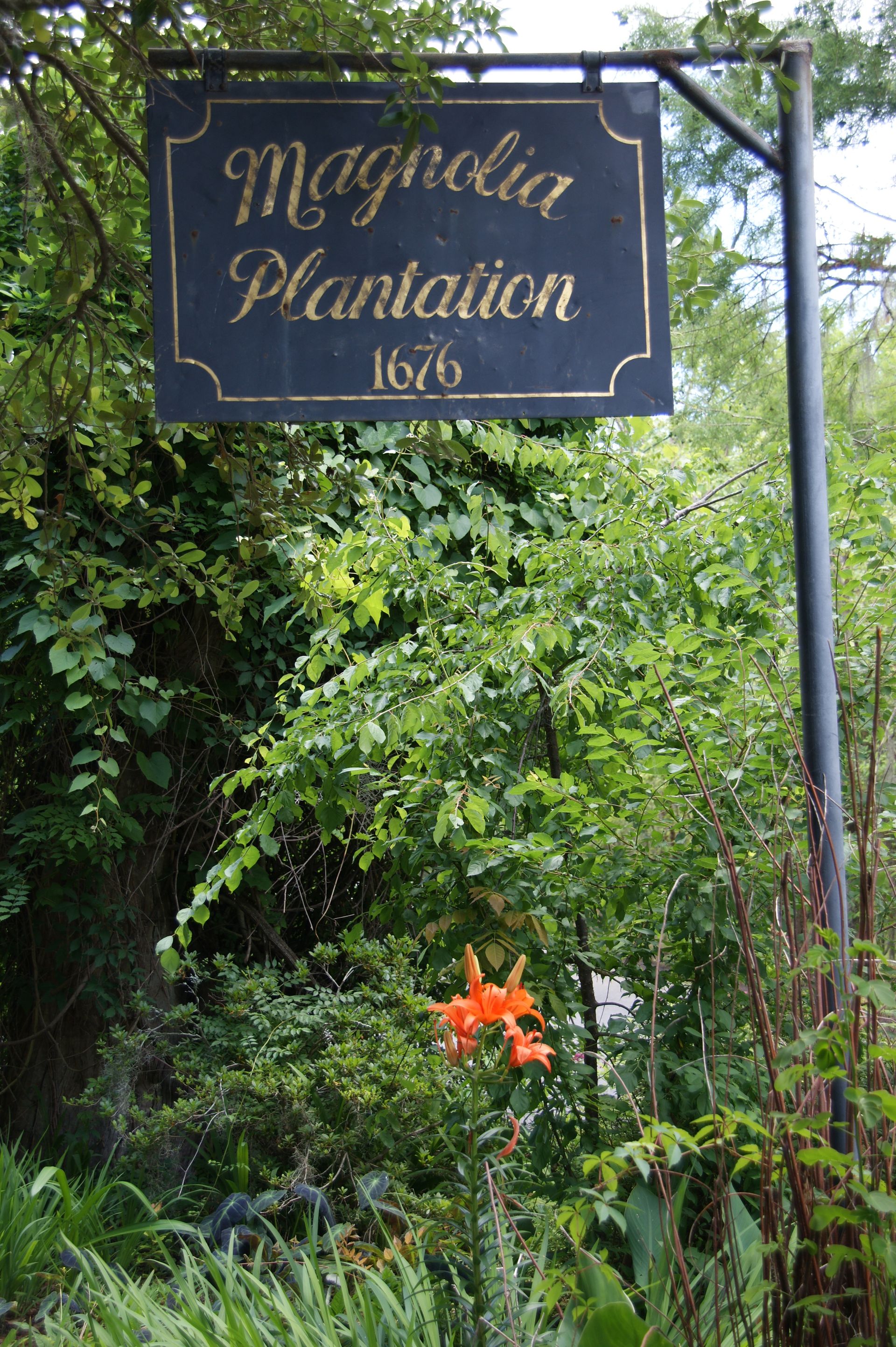

Two unreal-looking white peacocks stand in front of the entrance to the parking lot and perform a photogenic display. That's a real sight!
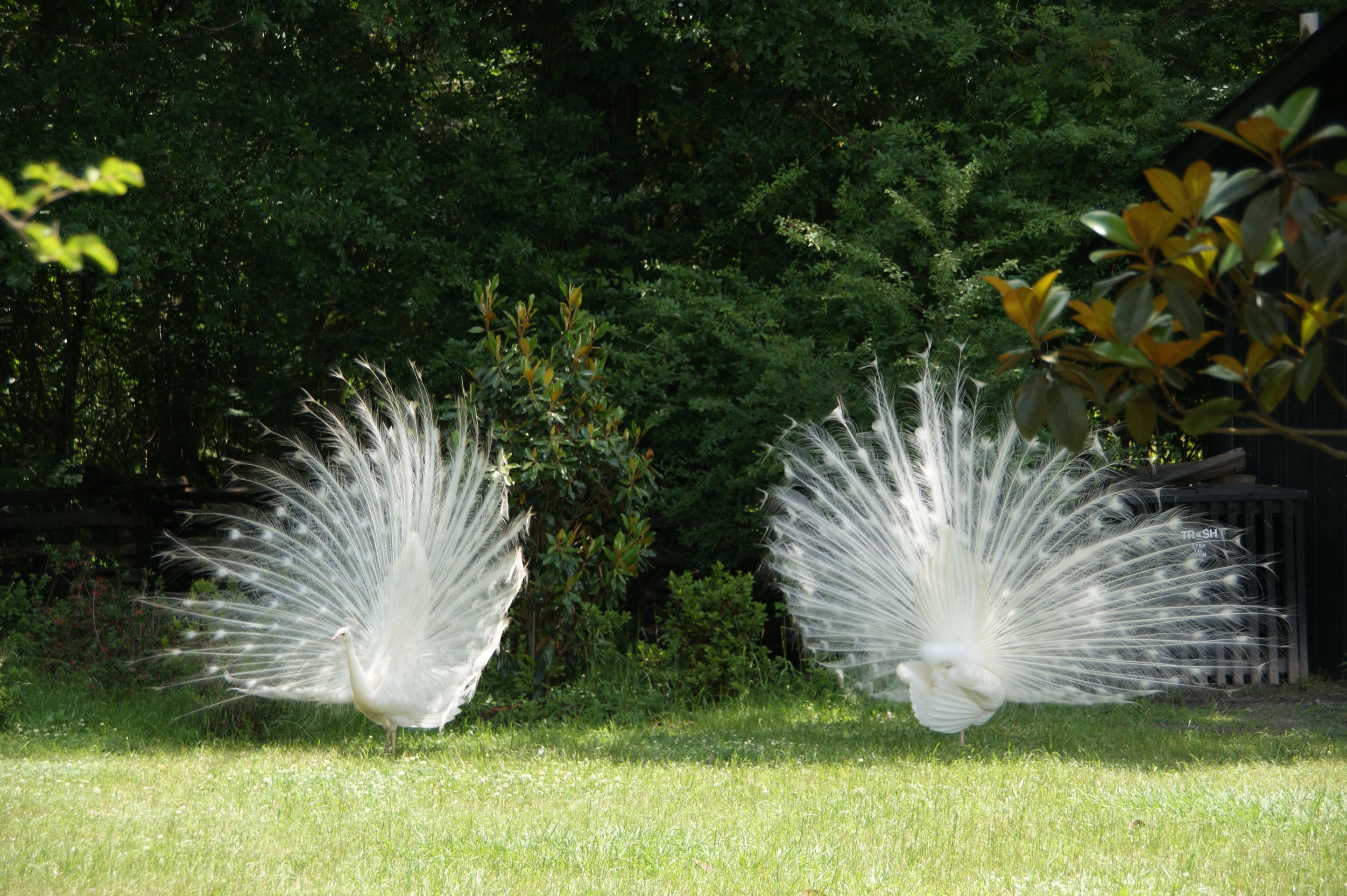

For only $15, we buy tickets that give us unrestricted access to the numerous hiking trails and additionally, a $7 ticket for a small boat tour and another $7 ticket for a guided tour of the slave quarters. So it's not cheaper than the Middleton Plantation, but we get more out of it.
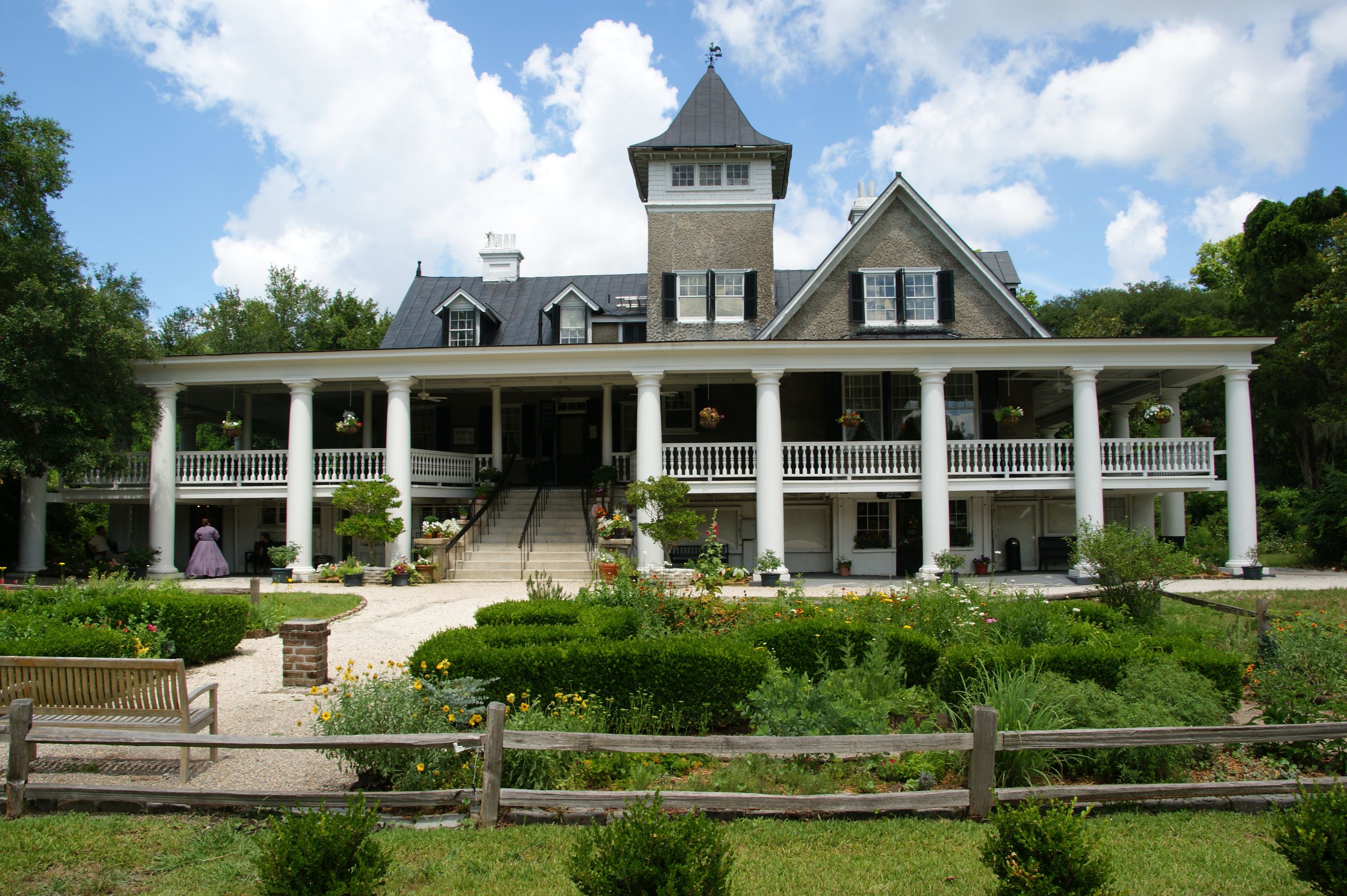
We catch the boat tour 10 minutes after purchasing the ticket and see herons, three alligators in the reeds, and learn that the marshland here, with the help of the slaves, was used to cultivate rice 200 years ago.
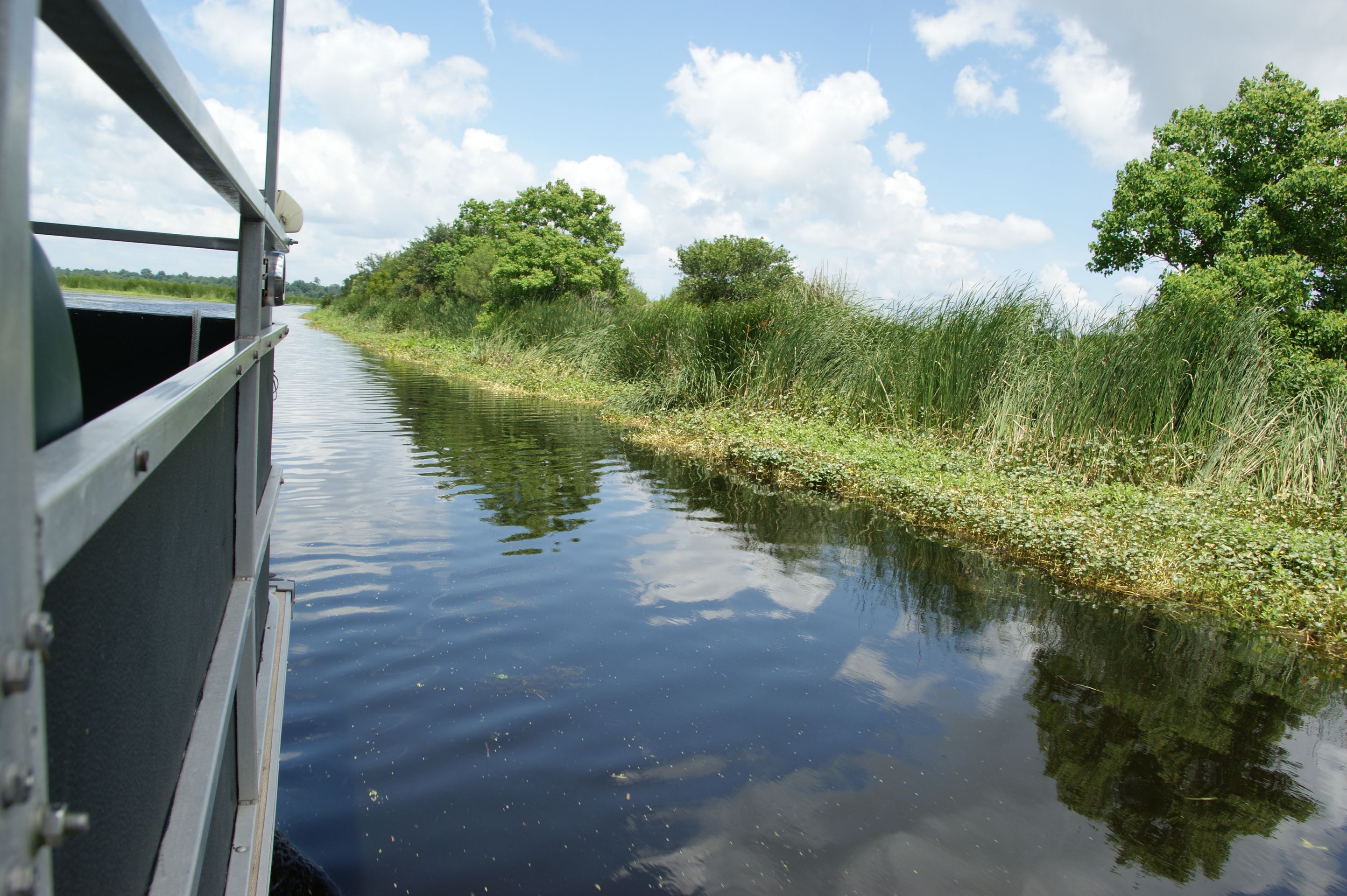

The knowledge of the slaves about rice cultivation made the whites here rich. According to today's standards, they were as rich as Bill Gates. Since marshland has both saltwater and freshwater, the rice fields were separated from the marshland by small locks. Since saltwater is heavier than freshwater, a test-water taster in the form of a slave child was placed on these locks. If the child indicated that the water started to taste salty (i.e., the tide pushed from the sea into the marshlands), the lock was closed. This way, the rice fields only received freshwater, and this could be easily regulated by the tidal range.
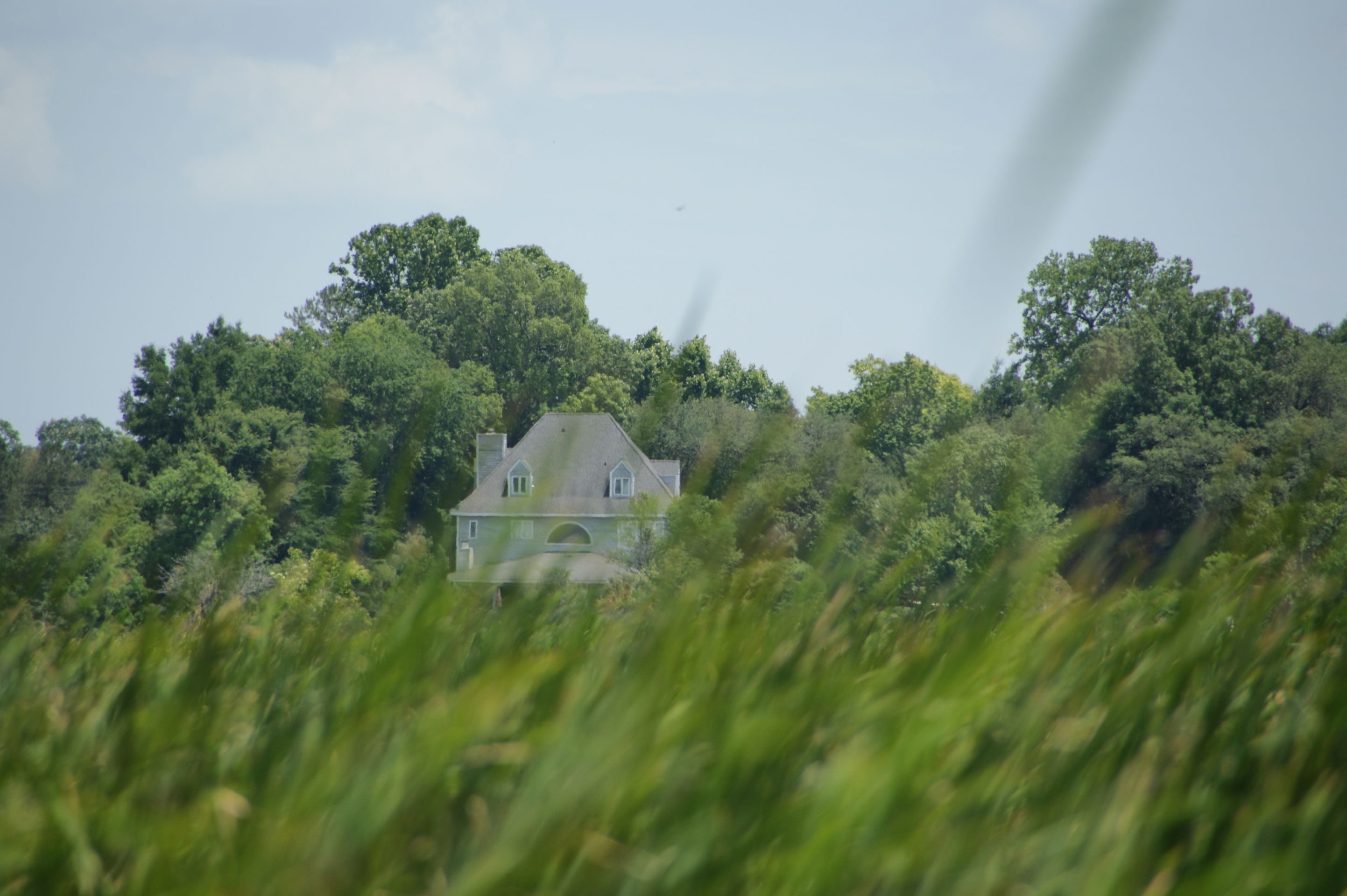
Today, there is nothing left of the rice fields. Apparently, the shores of the marshlands are sought-after and expensive building sites, and they are lined with large villas, many with their own jetty and boat.
Unfortunately, the boat ride ends after only 35 minutes (instead of 45 minutes - where is the complaint book!?) and we now also know that there are 32 species of snakes here, of which 6 are venomous. Bravo!
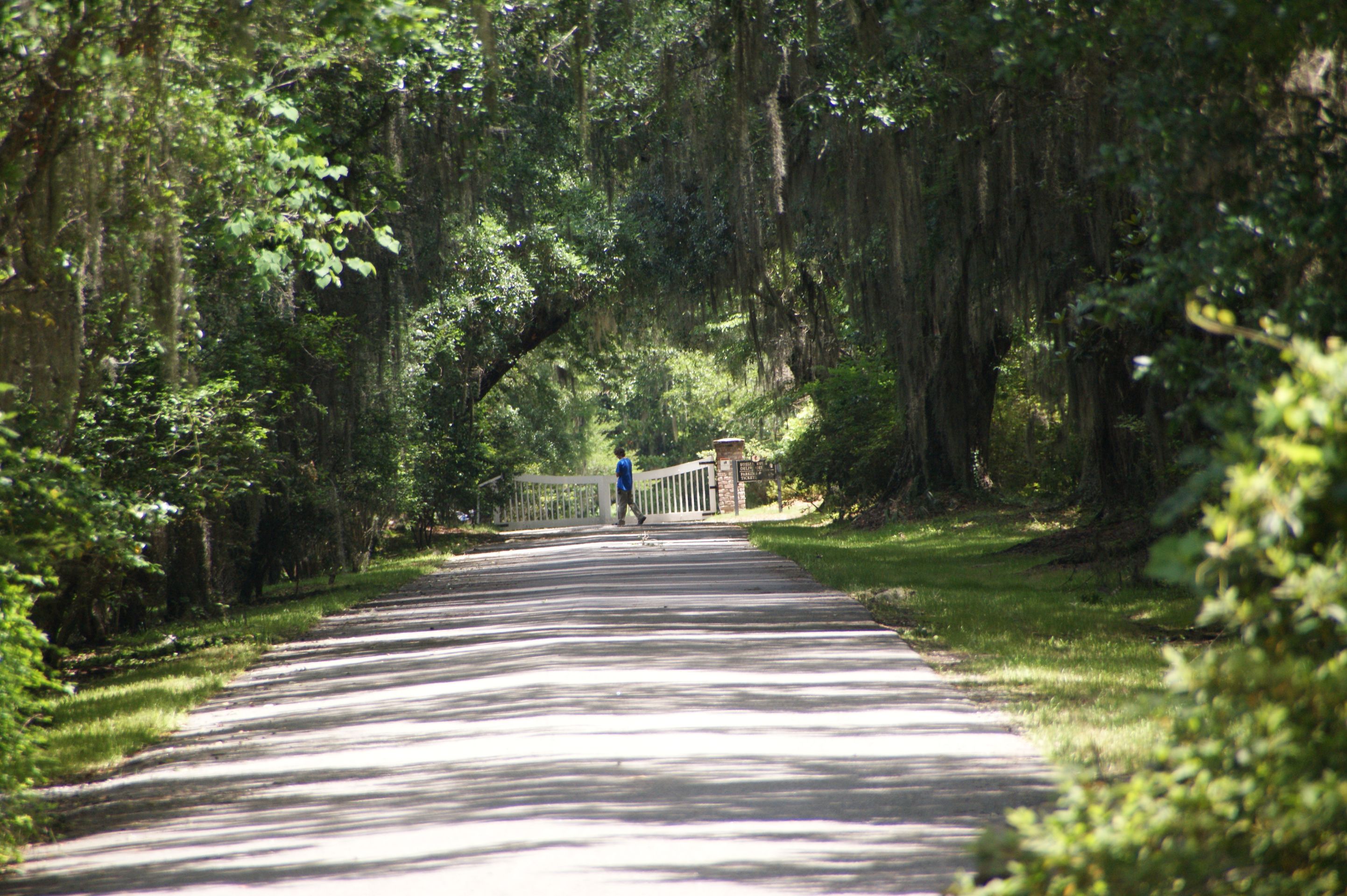

During our subsequent stroll through the garden and forest areas, we see a large alligator in a pond. A water turtle with a completely overgrown shell also paddles through the pond. I step into a cute anthill and have a badly stung foot.





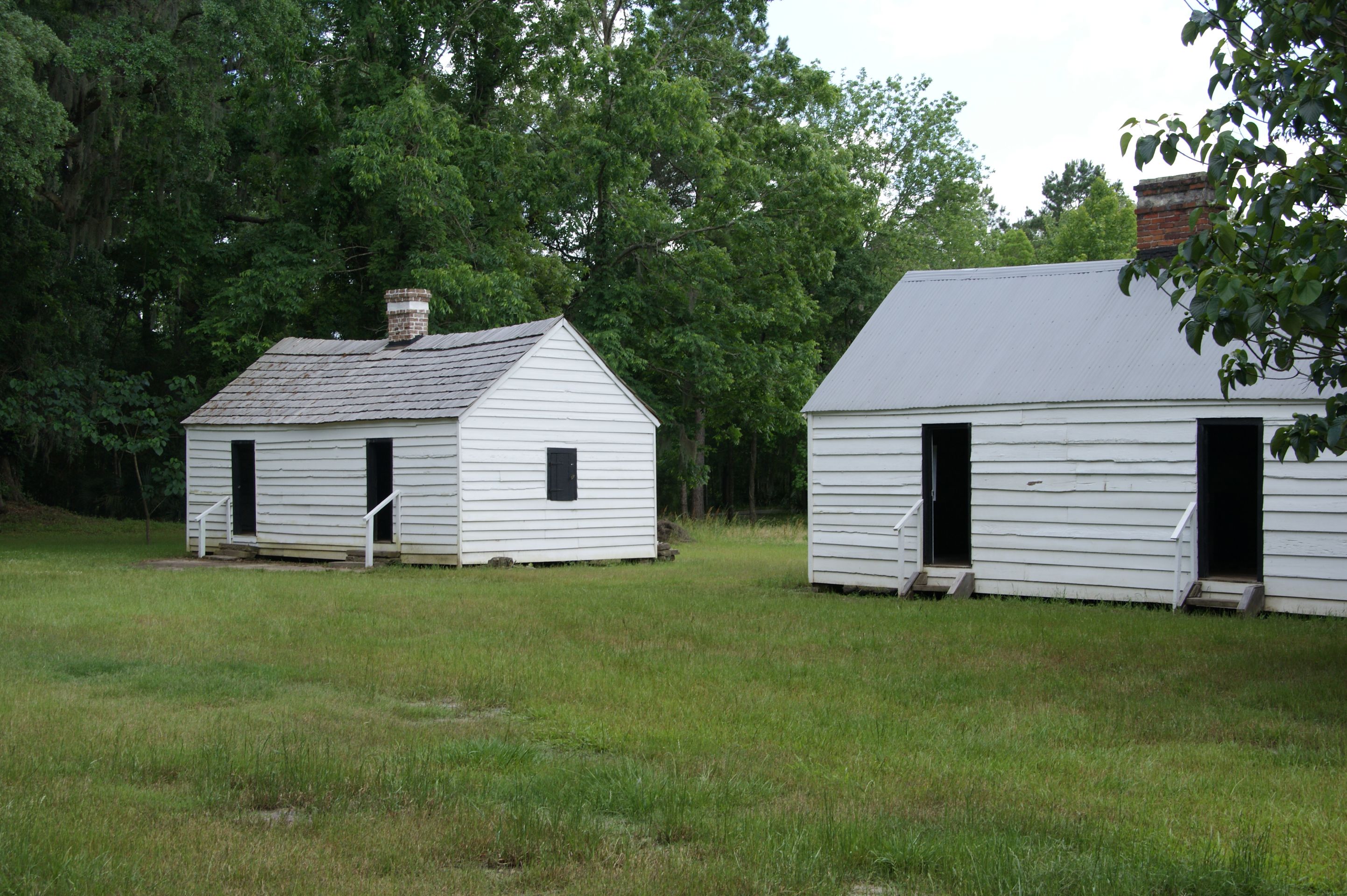
Our tour to the slave quarters begins, and we learn that the slaves lived in so-called "family units", meaning in family units, which initially sounds nice but was actually a division of people determined by the masters who had to live together like a family but actually had nothing to do with each other.


Between 8 and 13 people shared a small house with two rooms. These included men, women, and children.
Our path leads us through these houses, some of which were still inhabited until the 1960s, in the third or fourth generation.
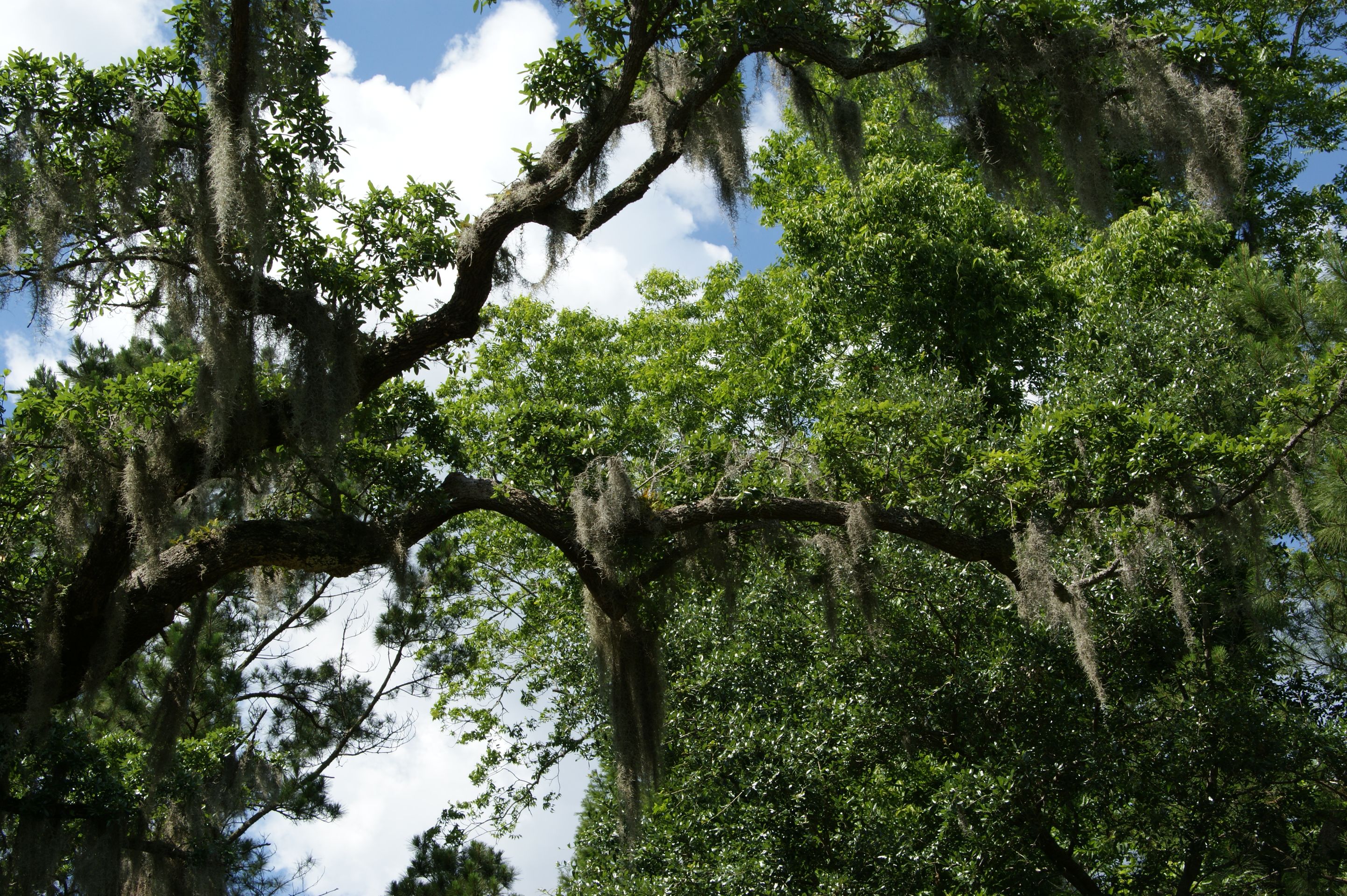
It's already 4:30 pm when we leave Magnolia Plantation towards Charleston.
Charleston is also an old city that was founded in 1670 in honor of the English king.
The Days Inn, our hotel, is not quite as nice as the Best Western in Savannah. We head to nearby Market Street, but the people are just dismantling hundreds of stalls in the long market halls. However, it mostly looks like tourist junk anyway. The scenery looks familiar to me, and I remember that I must have been here in the 90s on a cruise between New York and Miami. Embarrassing when you don't even actively remember something like that anymore...
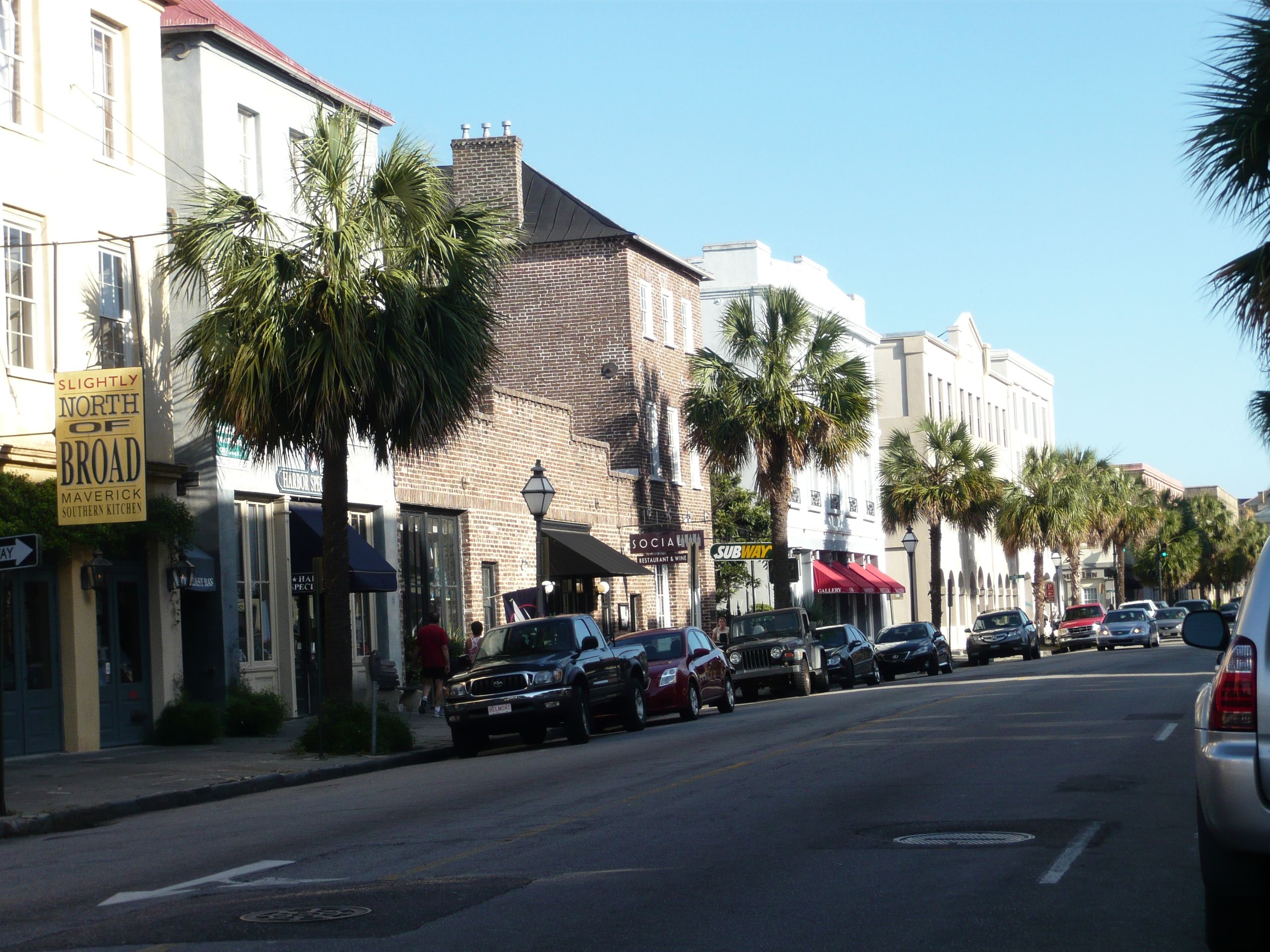
Unlike in Savannah, there are no shady parks and lush trees here. It is an upscale place with countless very elegant houses.
We skip the visit to Fort Sumter, located on an island off the coast, where the first shot of the American Civil War was fired in April 1861 when Confederate troops attacked the fort held by Union soldiers.
We are once again looking for a good seafood restaurant (emphasis on "good"). We find a restaurant by the water, the food is rather average and with almost $40 per person, not exactly cheap. I give up on the active search for good seafood for dinner because everything in the USA is always breaded - you could almost eat bread instead.
While we are still eating, it starts raining again. We return to the hotel because we don't trust the weather and sit in front of our room on the surrounding balcony and read. The weather has calmed down, it didn't rain, but we have had two beers, and nobody wants to go anymore to see the sunset on the beach.
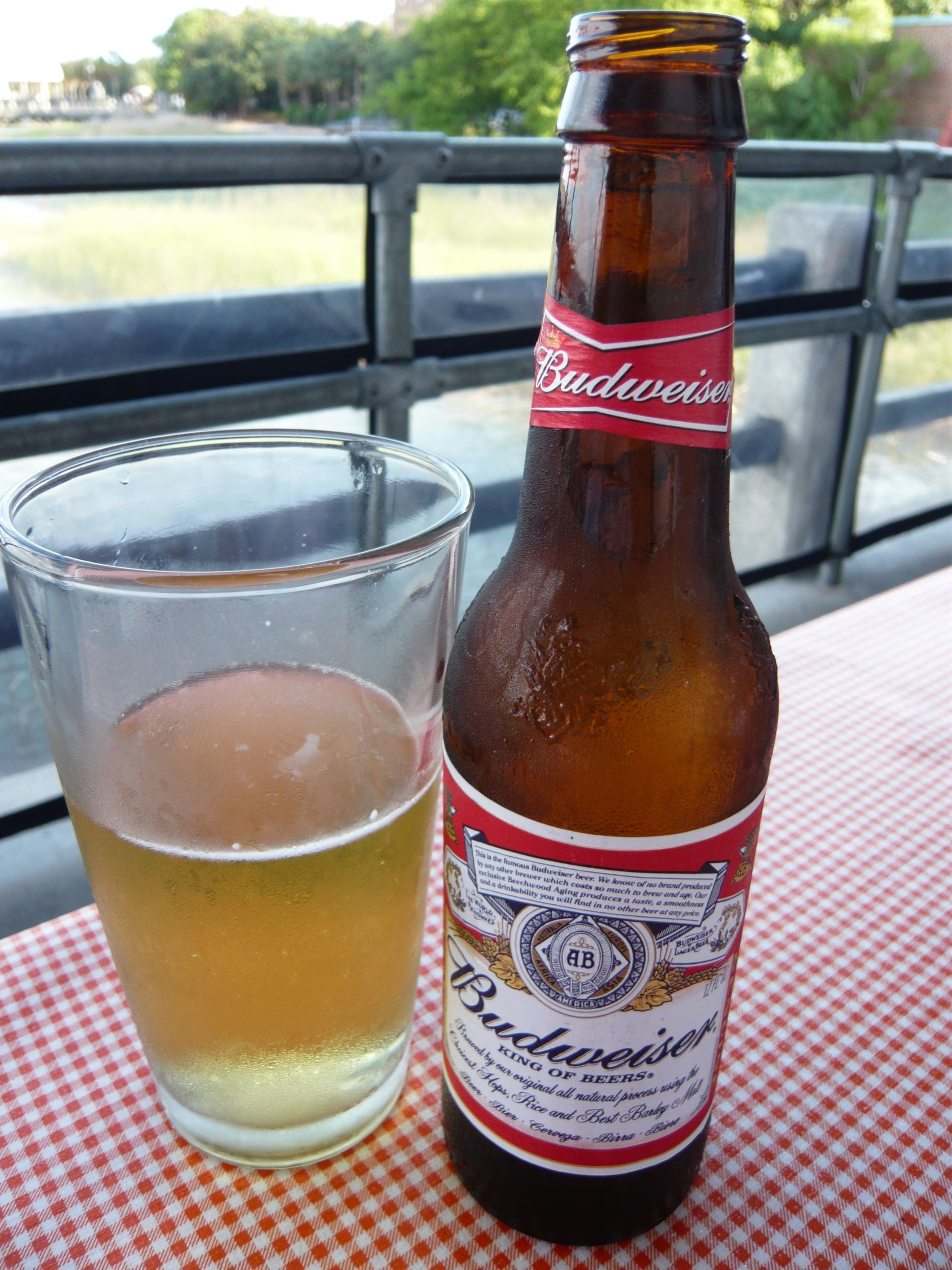
خبر پاڼه کې ګډون وکړئ
ځواب
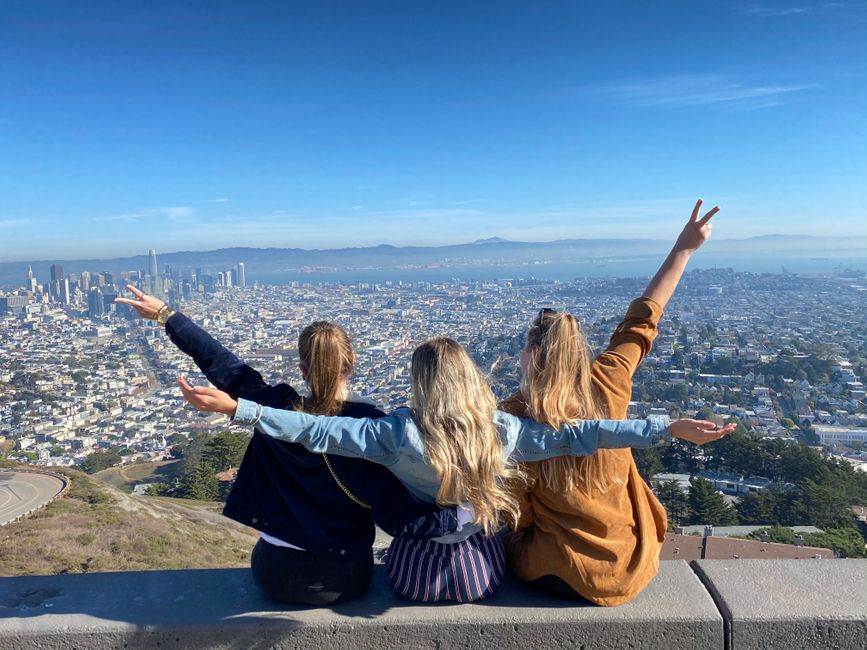
د سفر راپورونه امریکا
